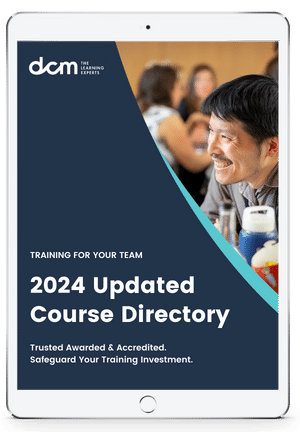Many organizations are looking at ways to scale Agile implementations, but doing so can be particularly challenging for businesses not well-versed in Agile practices. Properly scaling more traditional Agile frameworks can be difficult for organizations with excessive personnel or an abundance of individual teams working on one or more products simultaneously.
However, not all hope is lost. In this article, we’ll explore a number of techniques and existing frameworks aimed at helping you and your organization scale your Agile implementations as large and as wide as they need to be. Let’s get started!
Why Scaling Agile Matters
Understanding how to scale Agile requires an understanding of the key concepts and practices your organization should strive for and try to implement:
1. Maintain Small Team Sizes
Keeping smaller teams ensures every team member absorbs all relevant information and allows members to effectively contribute to the work.
2. Reduce Iteration Durations
A particular challenge for many organizations trying to scale Agile practices is finding the correct balance between iteration length and actual production. However, successful Agile implementations almost universally focus on shorter iteration durations wherever possible, so implementing what may seem a rather strict limitation at first will pay off in spades later down the road.
3. Practice Organization-Wide Synchronicity
Many aggressively scaled Agile implementations will be performing simultaneous work across multiple teams, and likely on multiple products. It can be challenging to coordinate the contributions from across the entire company when each team is working with their own specific iteration duration and schedule. Thus, it is critical to the overall organization’s success that plans are made to synchronize the end-of-iteration periods across multiple teams. Failing to do so can lead to one team implementing a feature before another team is prepared for it, causing a negative cascade effect as teams throughout the organization must devote resources to adjust to said new feature.
4. Utilize Specialized Roles
Many Agile practices have historically recommended a broadening of skill sets throughout the team, allowing for more generic, less specialized work to be performed. However, many managers and organizations are finding benefits from moving in a direction toward more specialization in roles, allowing for faster iteration and turnaround.
5. Evaluate Release Window Scheduling
Most Agile implementations are structured around a series of releases, each of which is built up of a series of iterations. It is common practice for each release to coincide with the calendar quarter (e.g. six 2-week iterations, four 3-week iterations, etc). However, since a scaled Agile implementation is likely to be implemented by a larger organization, it may be worth synchronizing release cycles with business cycles, such as quarterly earnings cycles and the like. This allows the organization to better adapt to external factors between each release.
6. Assign Product Owner Roles
Even if your organization isn’t using Scrum there are numerous benefits to assigning a product ownership role to at least one team member per product. This individual should be the go-to contact and line of communication with users, able to communicate value-based priorities to the rest of the team throughout development.
7. Select Elevated User Roles
Just as a product owner role benefits the team, at least one user should be selected to represent the larger user base throughout the development life cycle. This ensures that communication lines stay open and that the team is able to adapt to user feedback throughout the process.
8. Increase Turnaround
Scaling Agile dramatically benefits from performing a multitude of value-based iterations, as opposed to longer duration iterations in traditional models. This quick turnaround allows for frequent, constant user feedback throughout the entire product life cycle.
PSM Scrum Master Reviews: Stories from Our Customers
Over the past 2 years, almost 3,000 learners (2,819 to be exact) have come to DCM to learn more about scrum and get certified. Read (and watch) their reviews to see how our courses have helped them achieve their career goals.
Inhouse Tailored Training for Your Team
We provide training programs that are developed by industry, for industry. Our range of programs can be delivered in a way that suits the needs of your business to offer your employees learning that is accessible and flexible.
We add value to your business by providing specialised, flexible and scalable training that meets your training needs. As your workforce grows and evolves, our globally certified and industry-validated learning solutions can assess, train and qualify your employees. For more information on how we can help please visit the in-house training page.
Membership, Stay Connected. Stay Relevant.
Completing a program is a point-in-time exercise that delivers huge value, but there is a next step to maintaining the currency of your skills in the ever-evolving professional world.
Membership is the next step.
A unique platform, membership is designed to ensure that you are in tune and up-to-date with the latest tools, trends and developments. Being a member provides just-in-time training and continuous professional development, and an exclusive and evolving content library informed by subject matter experts and industry leaders.







